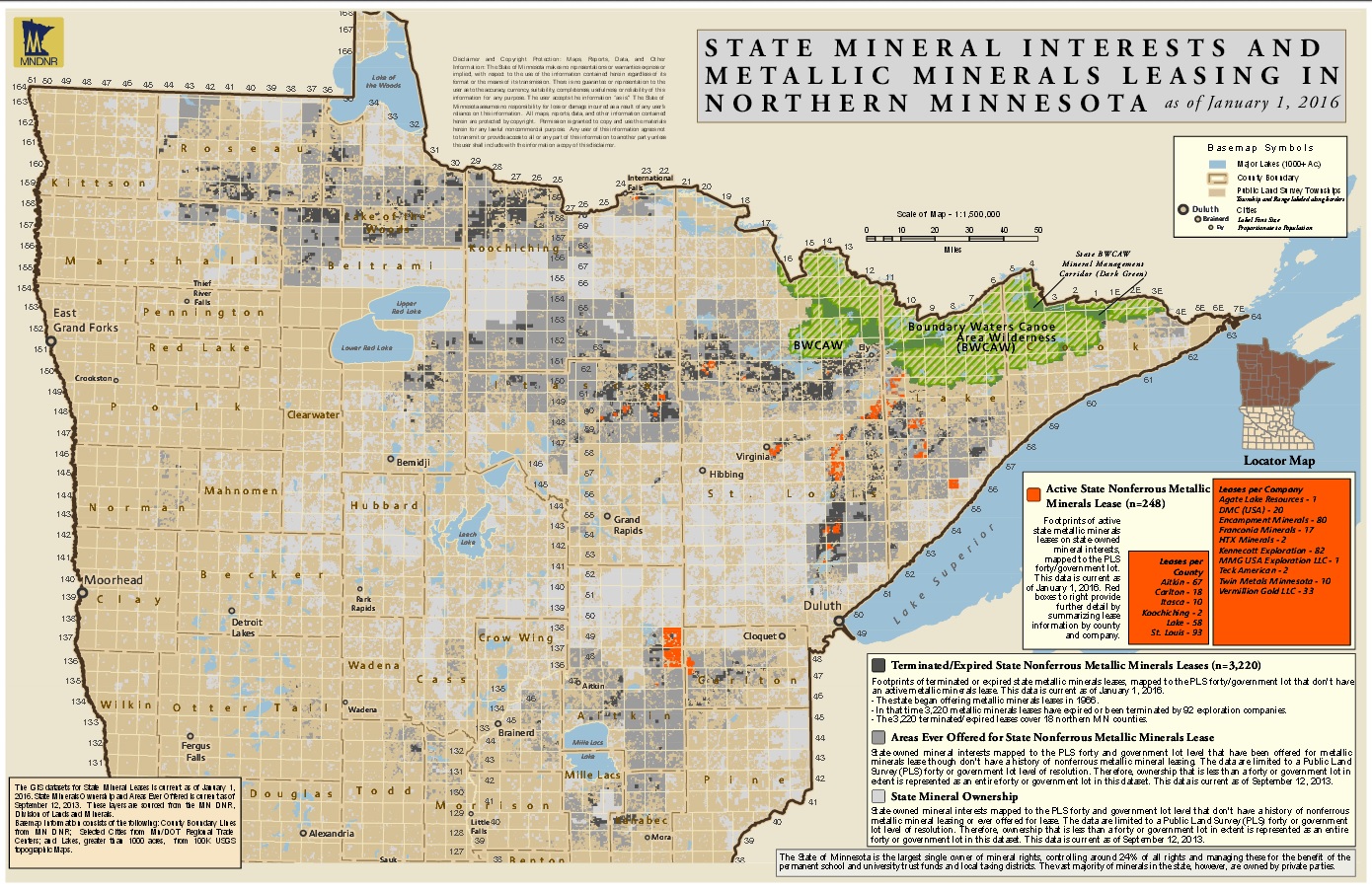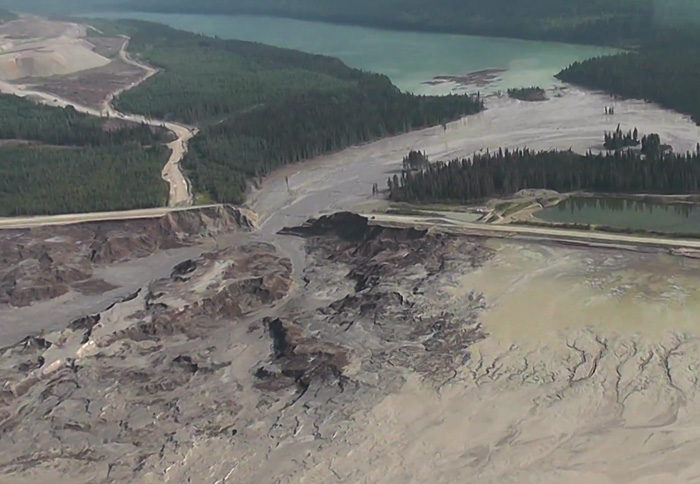On February 27, 2016, Governor Dayton hosted a Water Summit, at which he urged us to establish an ethic of clean water practices. “This should be our ethic and every Minnesotan’s responsibility, and anything less is unacceptable.” Five days later, on March 3, DNR Commissioner Tom Landwehr, who was appointed to that position by Governor Dayton, declared the PolyMet Environmental Impact Statement, for Minnesota’s first ever sulfide mine, as adequate.
If the goal for the state of Minnesota is to protect our water resources, then the statement by Commissioner Landwehr is neither ethical nor adequate.
The DNR has minimized the fact that water from PolyMet’s proposed mine site would need to be treated for at least 300 years post closure, and the plant site for at least 500 years. It is irresponsible on the part of the DNR to place this kind of burden upon the next 25 generations.
The DNR has failed to consider the value of water as a natural resource, and is instead giving a foreign mining company/conglomerate free access to an unknown quantity of water, and allowing them to pollute both surface and ground water over the course of mine operations.
The DNR has failed to address the total impact of PolyMet’s mine operations on wildlife, wildlife corridors, and loss of wetlands and forest cover in any meaningful way.
The DNR is choosing to ignore the health impacts of sulfates, mercury, arsenic, lead, and other toxic metals in our environment. Already 10 percent of babies born on the North Shore have high levels of mercury in their blood. Already there are fish advisories on most northern Minnesota lakes, advising people to eat fewer fish due to mercury contamination. Mining pollution impacts all of the aquatic organisms in the watershed, and all life that depends on those organisms for food, including fish, birds and wildlife that feed on fish, and ultimately, the human population. Also of concern is the loss of wild rice as a food source. Cumulative impacts upon our health and our environment have not been addressed, while everyone living downstream will be affected.
Large-scale catastrophic mining disasters have been increasing. These include major tailings basin failures at the Mount Polley Mine in British Columbia and the Samarco Mine in Brazil. The DNR should declare the PolyMet EIS as inadequate for this reason alone–the danger of layering thousands of tons of sulfide-bearing waste on an already unstable, leaching tailings basin. Financial assurance for mine clean-up upon closure, which is not addressed in the EIS, would never be enough to cover a major mine disaster, potentially adding up to billions of dollars. Instead the DNR is willing to transfer long-term financial risk to the tax-payers of this state and the citizens of the future.
After 10 years of environmental review, water modeling for the proposed PolyMet mine is still questionable. Instead of addressing public and Tribal concerns regarding significant environmental impact inconsistencies, the DNR has chosen to declare the EIS adequate. In the 3,500 plus pages of the EIS document, the real problems of sulfide mining lie buried within a conceptual framework of wishful thinking (no problems will occur), promises (all pollution will be cleaned up/treated), adaptive management (any unforeseen problem will be immediately reported and be able to be fixed), along with computer-generated charts and graphs, much of which are based on faulty modeling. Despite the massive amount of paperwork, the DNR still doesn’t know whether contaminated ground water would eventually flow into the Lake Superior or Rainy River (Boundary Waters) basins –ultimately polluting both internationally important watersheds.
PolyMet is being used as the “snowplow.” PolyMet openly speaks of excess processing capacity at their plant, and preliminary Twin Metal’s plans show waste and processing being directed into the Lake Superior watershed. On March 2, the state Executive Committee approved more exploratory sulfide mineral leases in additional parts of the Arrowhead Region. Once one sulfide mine is permitted in the Arrowhead’s water rich environment, what is now Superior National Forest will be turned into a toxic industrial mining zone, forever changing the face of the landscape and polluting the water for future generations.
Our state has already allocated $750,000 of taxpayer money to hire the Crowell and Moring mining company law firm out of Washington, D.C. to defend the deficient EIS mine plan from law suits. Crowell and Moring has previously represented a foreign mining company against California and U. S. law in a NAFTA case (Glamis Gold Ltd v. United States of America, http://www.state.gov/documents/organization/125798.pdf). It appears Minnesota’s government is so desperate to promote mining that it would be willing to allow international deals to supersede state and federal authority and laws.
Governor Dayton needs to rein in his DNR and stay true to his ethical mission, as stated in his Governor’s Water Summit, which will be followed up by a Water Action Week in April. The real issue at stake is not jobs, or metals, or the vagaries of the international market. The real issue is the health of our citizens, and the water and healthy environment upon which we depend. The real issue is not just about us–it’s about the legacy that we wish to leave behind for the generations who will follow.
Ultimately, it is much easier to stick to our inner truth than to play political games with our future. All life depends upon water. Water is a human right.
